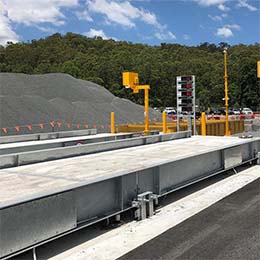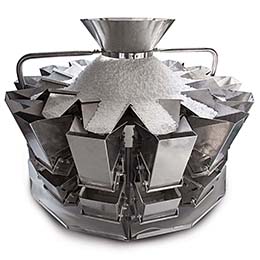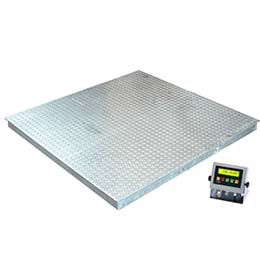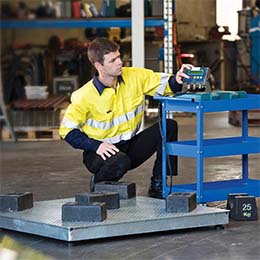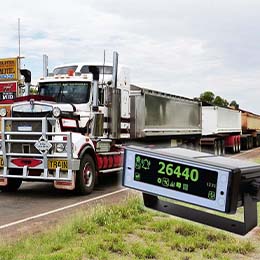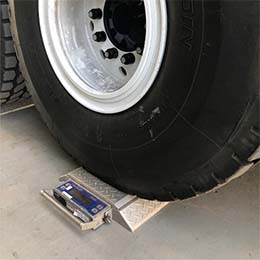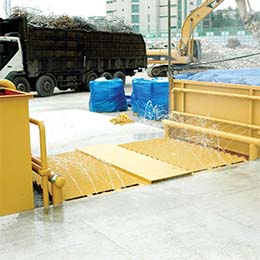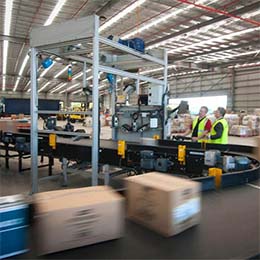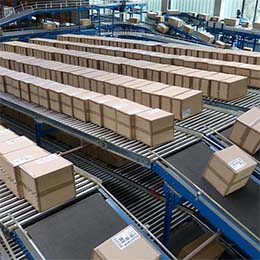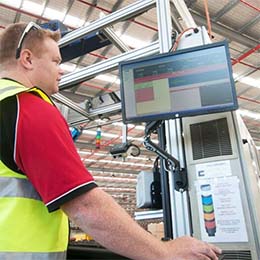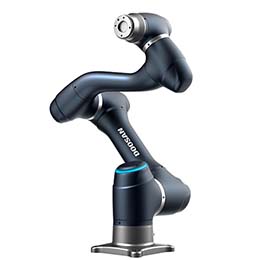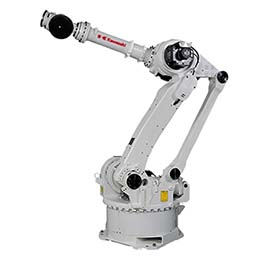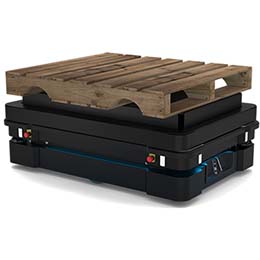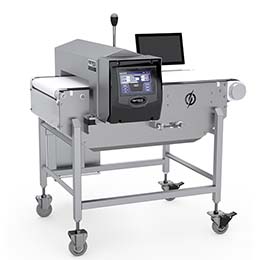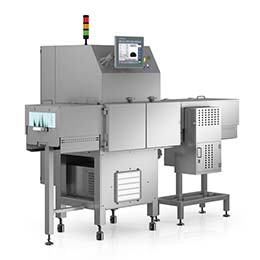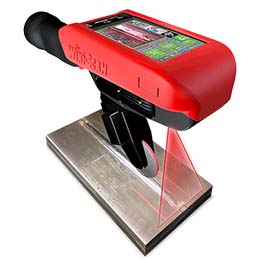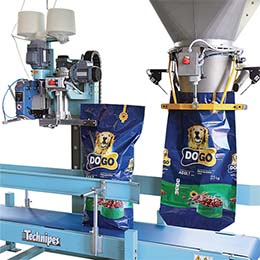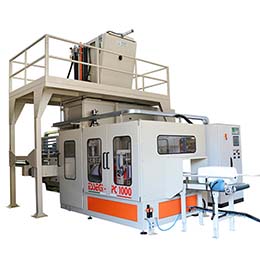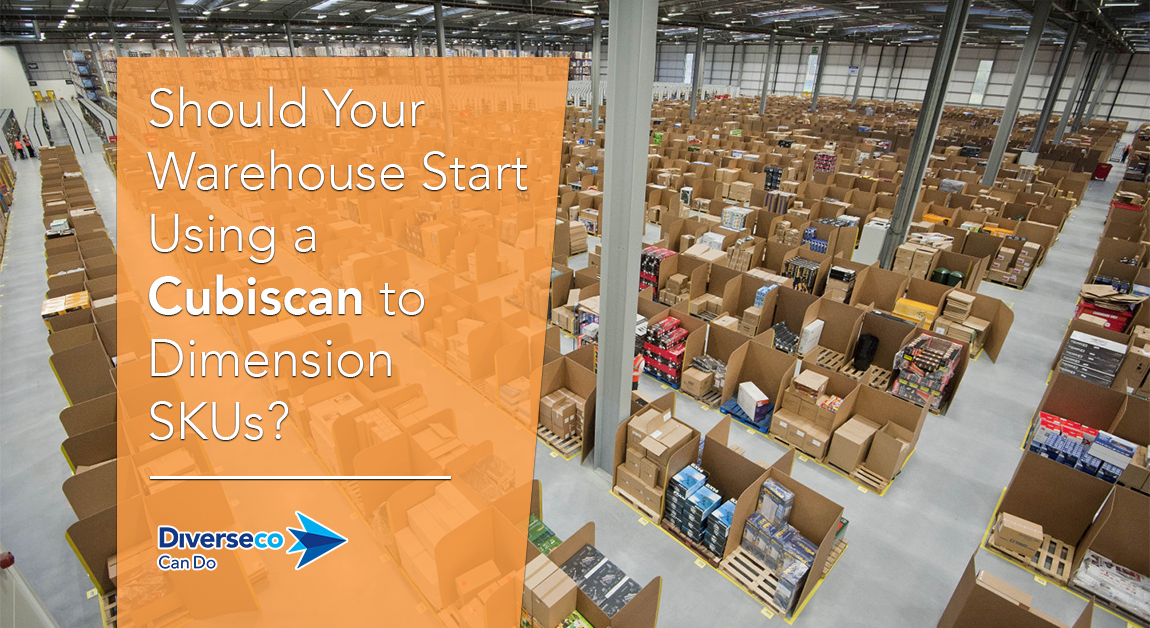More than ever, Warehouse Management System optimisation modules have the ability to drive efficiencies in warehousing and distribution centre operations. There’s just one catch: first you need a Cubiscan to weigh and cube all of the SKUs!
As the Product Manager in Australia and New Zealand for Cubiscan, one of several roles I perform at Diverseco, I’ve had many conversations with supply chain managers and WMS vendors about stock keeping units (SKUs).
Lucky you, I hear you say. But, please, don’t feel sorry for me. These conversations about SKUs are not as boring as might seem at first glance. Often they include a mild eureka moment in which the supply chain manager realises that someone else really understands their requirements and the drivers behind them, and that there is an almost perfect solution just waiting to solve their problem.
And that problem is, how to accurately, efficiently, and with as little human intervention as possible (pesky humans!), identify, weigh, and dimension a huge warehouse full of stock keeping units. Great solutions do exist, but let’s run through the various factors to determine if you should get one.

Behold: The Cubiscan 150
Got SKUs? Got a WMS? Got Optimisation?
Many supply chain managers already know that they need to dimension their thousands of SKUs and a decision has been made to do so but for whatever reasons they just haven’t launched the initiative yet.
However, many other managers are still in that early stage of awareness and consideration and the rest of this post may help you in this further-investigation process. So, let’s think about the whole concept a bit further.
With increasing competition and ever decreasing margins anything a supply chain oriented business can do to cut costs and increase efficiencies is worth investigating.

Combined with the right warehouse management systems, including effective optimisation programmes, introducing a regime of cubing and weighing SKUs can revolutionise a supply chain business.
Cubing, or dimensioning – in other words, measuring the length, width and height of a box; or, in the case of an irregular shaped item, say a basketball, determining the smallest cuboidal shape the item would fit into, is now everywhere, worldwide.
Here in the land Down-Under, Australia Post’s recent initiative to charge shipping customers for dimensional weight based on the greater of the weight or cubic dimensions according to a dim-weight formula – and the launch of their super depots in Melbourne and Sydney, backs up the trend to cube everything in sight.
Handy tip – Compare the cubic weight to the actual weight of your parcel – always declare whichever is greater, or as per stated in your contract.
But then Australia Post are only pursuing the same recent dim-weight policies as global players like UPS and FedEx regarding rule changes to account for the greater of the cubic weight or dead weight.
So, the issue of cubing in general and dimensioning SKUs in particular is a global phenomenon and is the subject of conversation in various logistics and supply chain journals around the world. Here you can also read Three Reasons Why Your Cubing and Weighing Equipment is More Important Than Ever.
Cubing and Weighing SKUs in Warehouse and DC operations can deliver tremendous benefits.
If you think about it, almost every customer order begins its life as an SKU, waiting patiently to be picked. Whether the order is made up of just one lonely SKU or a packed or boxed bundle of a dozen mixed SKUs, the order is comprised of SKUs. And shipping the order, now converted into an individual item of freight, means that somewhere someone is going to cube it and charge us accordingly – or back charge us accordingly as the case may be.
Because of this we know we want to ship an order in the smallest package or carton the order will fit into. In other words, we don’t want to pay to ship air, right? Space is money. So, just for this one reason alone, the importance of having accurate SKU dimensional data available for the purposes of optimising cartonisation outcomes, we know we need the cubic dimensions – and, while we’re at it, the weight of each and every SKU in the DC.
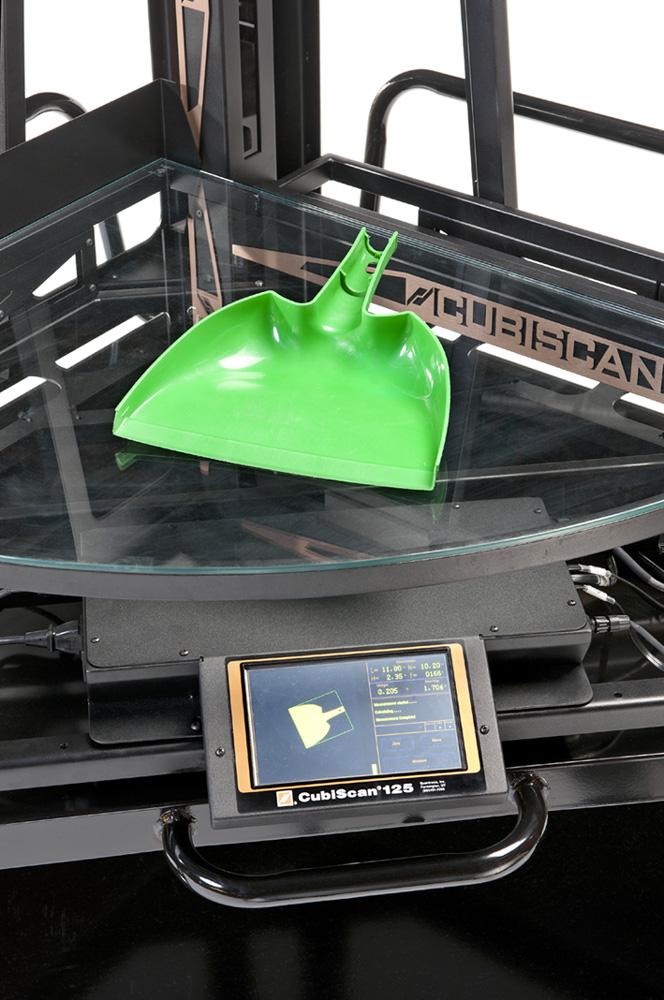
Cube a dustpan? Yes you can with a Cubiscan!
A prerequisite, however, for implementing cartonisation or any other type of optimisation software, whether on its own or as part of a wider warehouse management system (WMS) initiative, is the creation of an accurate database of the weight and cubic dimensions of every SKU in the warehouse. It might sound like an impossible undertaking, especially if you have tens or hundreds of thousands of SKUs, but it can be much easier than you think.
And just to be clear, the dimensioning and weighing of SKUs and getting this data quickly into the WMS includes those SKUs already in the DC and those SKUs that are incoming on a daily or periodic basis.
Not just shipping optimisation: there’s more, much more.
Without going into too much detail here are the 9 Key Reasons to Dimension and Weigh Warehouse SKUs:
- Buying a new Warehouse Management System or vetting a potential WMS vendor. Wouldn’t you like to be able to say: “Tell me, WMS salesperson, what intelligent decisions can your WMS software make with our precise SKU dimensional data?”
- New Warehouse or DC design. For example, how do we determine what storage, racking, or bin systems should be used? How do we know what area is actually required?
- Storage Locations. An intelligent WMS can make space-based decisions.
- Slotting decisions within pick zones. Click here to learn more about evolving slotting solutions.
- Picking directly into the right shipping cartons and item placement within these cartons.
- Check weighing and verification for quality control and security.
- Load building, container loading, and pallet building optimisation software.
- Shipping optimisation and dim-weights as discussed above.
- Your WMS simply requires this data, full stop. You may not know all of the optimisation capabilities inherent in the WMS but you do know that you have been tasked with getting the SKU dimensional data right, and into the system.

Cartons automatically erected according to the SKUs and SKU dimensions in the respective order.
If the above represents the types of thinking taking place in your discussions with fellow stakeholders then you are on the right track. In other words, it looks like Yes! Is it Time for Your DC or Warehouse to Start Dimensioning SKUs.
Next Steps. To learn more about how easy it can be to use a Cubiscan to solve this seemingly daunting task please feel free to contact us directly!

